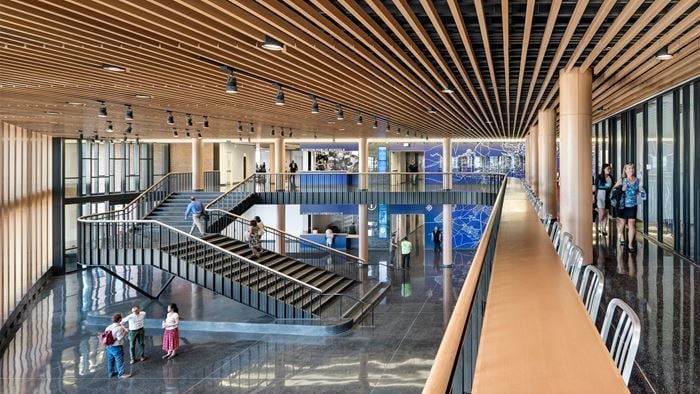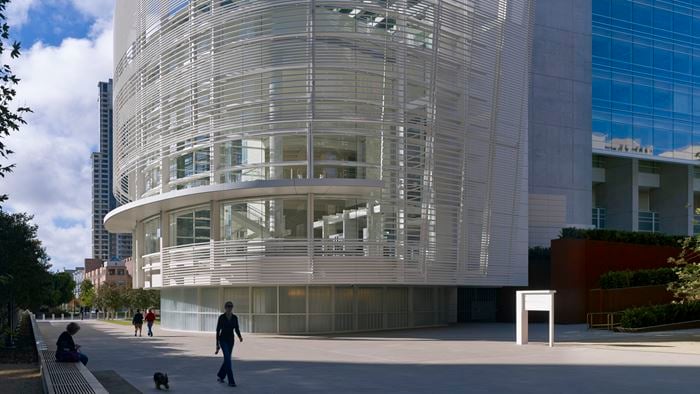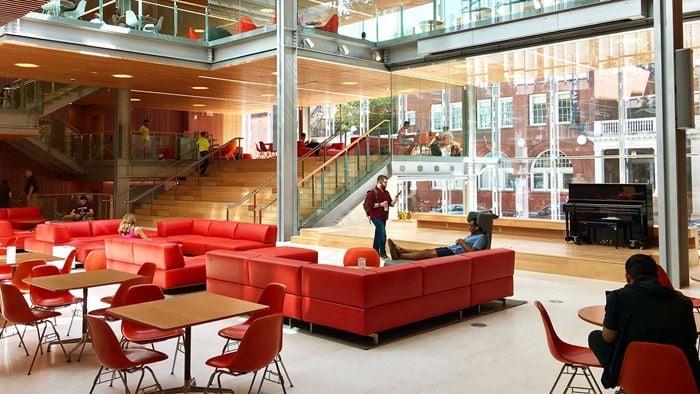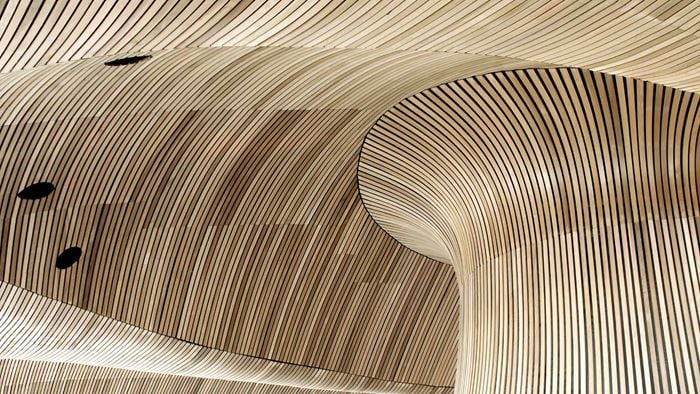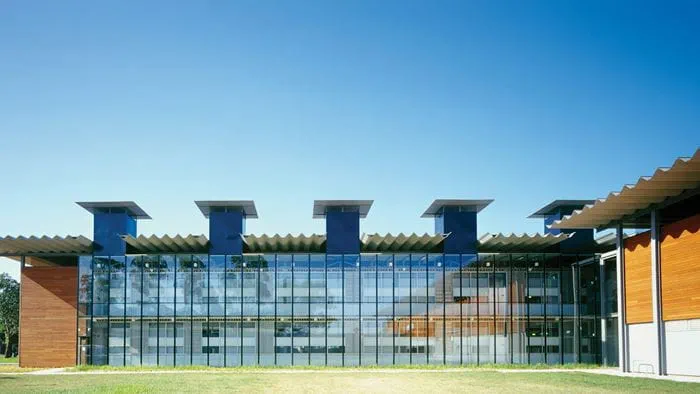Massachusetts Governor Deval Patrick set a goal in 2008 of reducing energy usage in state buildings. He chose the new Lowell Judicial Center as one of three pilot projects to assess the potential of being a ZNE building, a building that produces as least as much energy on site as it consumes in a year. The courthouse was the largest of the 3 buildings chosen.
With this challenge in place, Arup worked with the client, the Massachusetts Division of Capital Asset Management (DCAM) to assess the feasibility of making the new Lowell Judicial Center a ZNE building. We were able to respond immediately to the governor’s challenge without the ramp-up time other firms may have required both due to the project teams knowledge of and commitment to sustainable and energy efficient design and because of our corporate experience and research of ZNE developments.
Through the use of low energy design strategies including chilled beams, displacement air supply, natural daylight, enhanced façade, solar wall and on site PV, the building uses 40% less energy than a conventional courthouse.
The project required close collaboration between the client, architects, and engineers as they tested building siting, massing, and envelope strategies in tandem with system design and renewable energies options. The team considered opportunities for synergy between architecture and energy reduction as well as energy generation options, including:
-
wind turbines (building and site mounted)
-
photovoltaic panels
-
solar thermal heat generation
-
solar air preheating
-
small scale tri-generation using biofuels
-
hydroelectric power generation from the adjacent canal
-
using the canal for heat rejection
The study team also explored funding opportunities and permitting issues and worked closely with the client agency throughout the study process. The result of this collaboration imparts lessons that have been learned and sets a new standard for agency staff to apply as they move forward in implementing sustainable design, construction, and operations in state buildings.
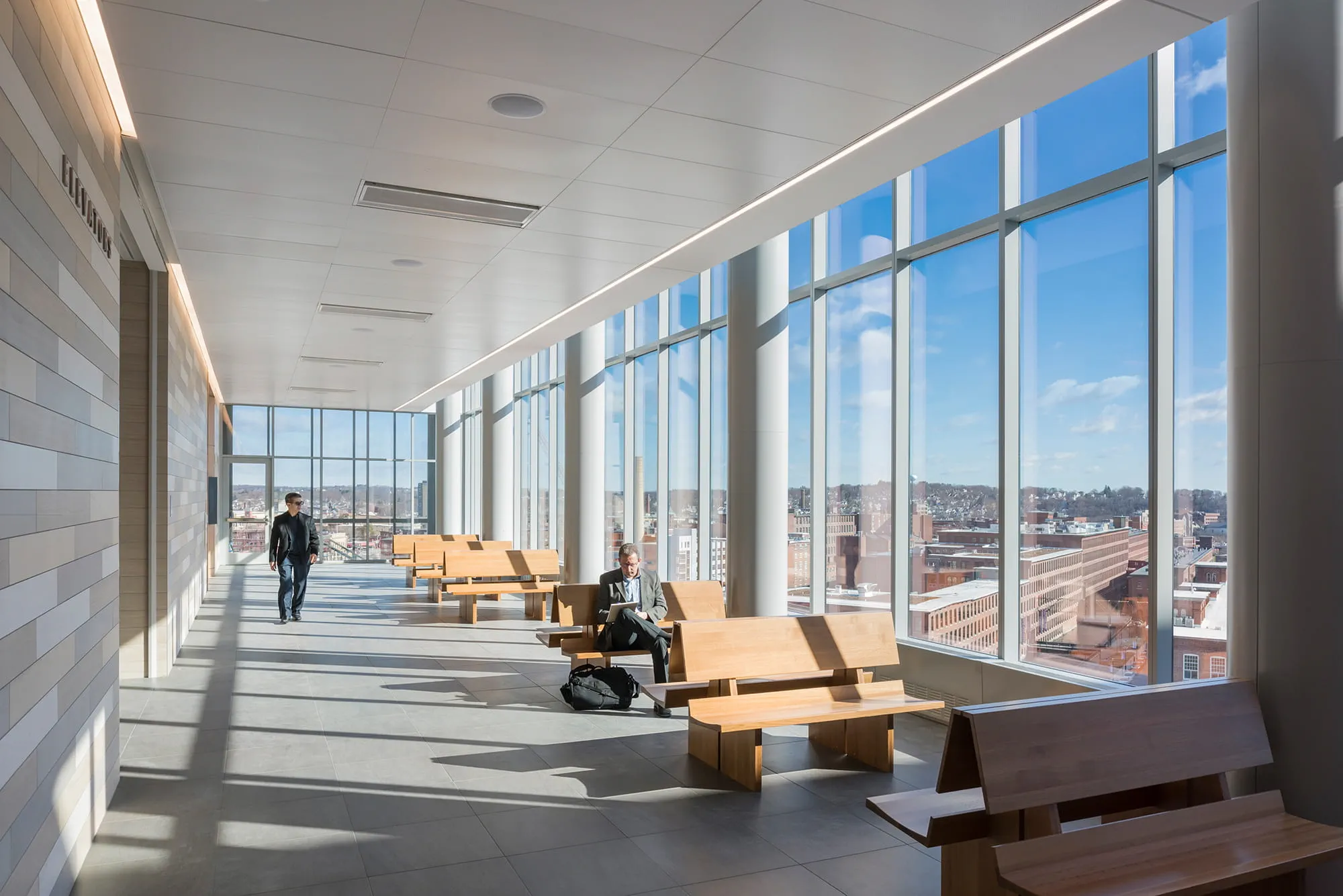 ;
;




